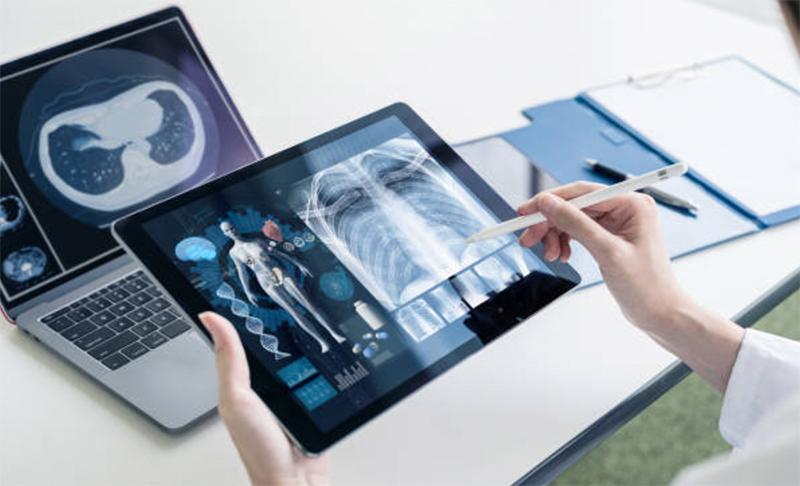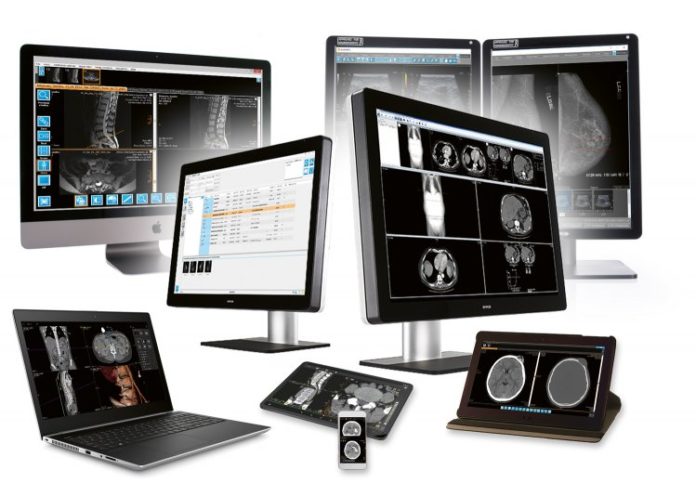In today’s fast-paced world, technology has become an integral part of every industry, and healthcare is no exception. Picture Archiving and Communication Systems (PACS) have emerged as a revolutionary tool transforming how medical professionals store, manage, and share patient medical images. In this blog post, we will delve into the world of PACS medical and explore its benefits, functionality, and impact on the healthcare industry. So, let’s dive right in!
What is PACS Medical?
PACS Medical, or Picture Archiving and Communication Systems, is a comprehensive digital imaging technology that allows healthcare providers to store, manage, and share medical images and related data electronically. This technology replaces traditional film-based imaging systems, enabling healthcare professionals to access and analyze patient information efficiently.
How does PACS Medical work?
PACS Medical comprises four essential components: imaging modalities, a secure network, workstations, and archives. Firstly, imaging modalities, such as X-ray, MRI, or CT scanners, capture medical images digitally. These images are then transmitted via a secure network to the PACS server, where they are stored. Healthcare professionals can access these images using workstations equipped with specialized software that allows them to view, analyze, and diagnose patients. The images are stored in a central archive, ensuring easy retrieval and long-term storage.
What are the benefits of using PACS Medical?
PACS Medical offers numerous benefits to both healthcare providers and patients. Firstly, it eliminates the need for physical film storage, reducing costs and freeing up physical space in medical facilities. Additionally, it enables rapid image retrieval and sharing, facilitating timely diagnoses and treatment plans. PACS Medical also enhances collaboration among healthcare professionals by allowing them to access and discuss patient images remotely. This technology ultimately improves patient care and outcomes.
Furthermore, PACS Medical technology has improved the efficiency of diagnostics. With traditional film-based imaging systems, medical professionals had to physically retrieve and transport patient images, which could be time-consuming and prone to errors. However, with PACS Medical, digital images can be accessed instantly from any location with a secure internet connection. This allows for faster turnaround times in diagnosing patients and initiating treatment plans.
Moreover, PACS Medical technology has paved the way for telemedicine and remote consultations. Healthcare providers can securely share patient images with specialists anywhere in the world, enabling collaborative decision-making and expert opinions without needing physical travel. This has proven especially valuable in rural areas or underserved communities where access to specialized healthcare may be limited.
PACS Medical technology is reshaping diagnostics by revolutionizing how medical images are stored, managed, and shared. Its numerous benefits include cost savings, improved efficiency, enhanced collaboration among healthcare professionals, and increased accessibility to specialized care. As technology continues to advance, we can expect further advancements in PACS Medical that will undoubtedly continue to improve patient care and outcomes in the field of diagnostics.

How does PACS Medical impact the healthcare industry?
The implementation of PACS Medical Technology has revolutionized the healthcare industry in several ways. Firstly, it has significantly increased efficiency by streamlining the image management process. Healthcare professionals can access patient images from any location, eliminating the need for physical film transportation and reducing waiting times for diagnoses. Moreover, PACS Medical has facilitated telemedicine, enabling remote consultations and reducing the need for patients to travel long distances for specialized care. This technology has also contributed to advanced research and education, as medical professionals can access a vast database of patient images for comparative analysis and learning.
Conclusion
PACS Medical has undoubtedly transformed the way healthcare works. By providing a digital platform for storing, managing, and sharing medical images, this technology has improved efficiency, collaboration, and patient care in the healthcare industry. The benefits of PACS Medical, such as cost reduction, rapid image retrieval, and remote access, have made it an indispensable tool for healthcare providers worldwide. As technology continues to evolve, we can only anticipate further advancements in PACS Medical, contributing to even more significant improvements in healthcare delivery.
